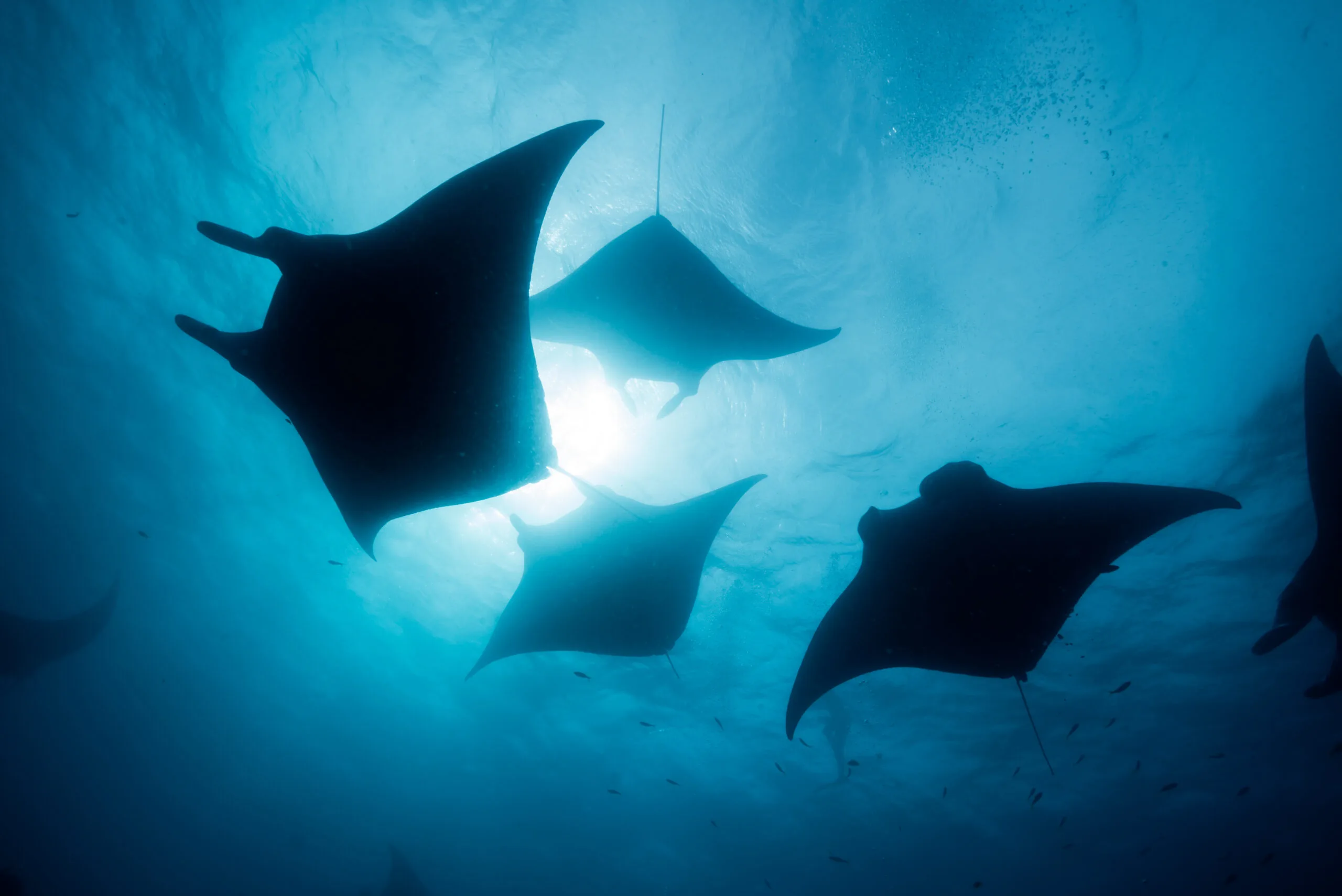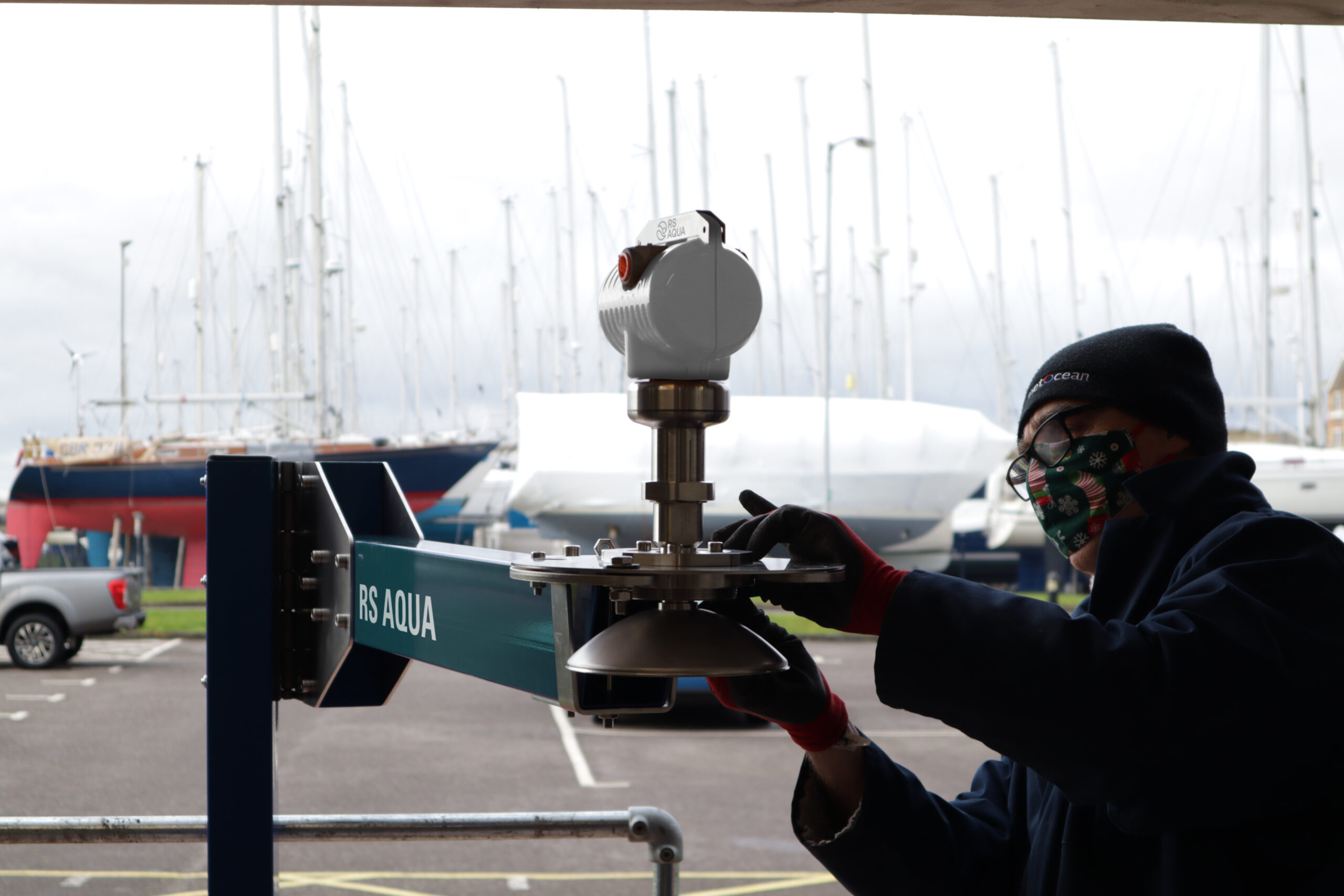Home > Tech Insights > Celebrating World Oceans Month 2025
Tech Insights | Kirsten Robinson | June 12, 2025
Celebrating World Oceans Month 2025
In June, we come together to honour our oceans and raise awareness about their vital (yet often overlooked) role in everyday life. Covering 70% of our planet, the oceans provide us with food, support countless industries, regulate the climate, and offer spaces for recreation.
Preserving marine ecosystems, promoting sustainable practices, and fostering a deeper understanding of life below the surface is supported through innovative solutions that address our oceans’ complex challenges. Our technology is at the forefront of those efforts, from combating climate change and pollution to advancing scientific research and supporting the blue economy.
This World Oceans Month, we invite you to join us on an exciting journey across the globe’s five oceans, spotlighting groundbreaking projects where our technology has been fundamental. These initiatives span a variety of industries and demonstrate how cutting-edge technology is driving the preservation and sustainability of our oceans and the blue economy.
The Arctic Ocean
Our first highlight takes us to the frigid waters of the Arctic Ocean.
![]()
Expedition Glacialis focused on the critical condition of the arctic and its ecosystems by collecting acoustic, visual and eDNA data (environmental data) on marine mammal species. Along with a community of partners supporting the expedition, RS Aqua provided the Porpoise acoustic recorder to collect the data.
Porpoise is sturdy, and can manage the harshest conditions at 500m below the surface. Through many other deployments, Porpoise continues to collect acoustic data and help improve our understanding of the acoustic characteristics of arctic whales and dolphins.
The Atlantic Ocean
Now setting sail to the Atlantic, the youngest and second-largest ocean.

Here, a team of researchers in South Georgia are using an RBR Concerto³ logger CTD to calibrate echo sounder data and provide contextual oceanographic data such as salinity, conductivity, and temperature on a British Antarctic research study to expand what we know about Krill stock dynamics and the distribution of Krill over the winter months.
The Indian Ocean
Reporting live and direct from the Indian Ocean, the warmest of all 5 oceans and home to species like the whale shark, sunfish and manta rays.

We provided Innovasea fish tags to the Manta Trust who are monitoring the movements of Manta and devil rays in the Indian Ocean with the hopes to better understand and preserve the species from environmental and human activity.
The Pacific Ocean
Let’s head to the Pacific, the largest of the oceans and covers over 30% of the earth’s surface and is home to species like giant squid, orcas and humpback whales.

Researchers from the University of Washington have been using SubC Rayfin cameras to capture time-lapse video and photo images for the past 12 years. This data is useful for showcasing the dynamic environment of underwater volcanoes.
The Southern Ocean
Last but not least, the Southern Ocean – also known as the Antarctic Ocean. It was only designated as the 5th ocean in the early 2000s and is home to species such as king penguins, southern right whales and elephant seals.

We equipped a Waveradar Rex2 on the RRS discovery, which often conducts studies in this ocean.
Talk to one of our advisers
Get in touch with us for further information or for a conversation about any of our innovative and reliable ocean technology systems, sensors or services.